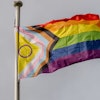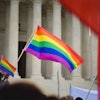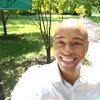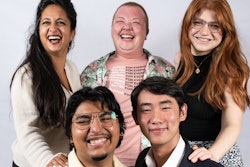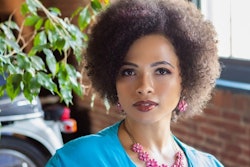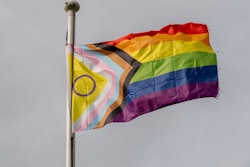LGBTQ youth are disproportionally represented in juvenile correctional facilities, a recent study from the Williams Institute at UCLA School of Law found. And among all incarcerated youth, LGBTQ youth have greater risks of suicide and self-harm than those who are straight and cisgender. Dr. Kirsty A. Clark
Dr. Kirsty A. Clark
“LGBTQ youth start with more stressful experiences as children, which lead to adverse mental health outcomes. But rather than being cared for, they end up in juvenile correctional facilities in larger numbers than non-LGBTQ youth,” said study co-author Dr. llan H. Meyer, distinguished senior scholar of public policy at the Williams Institute. “These youth must manage the stress of a carceral setting while also navigating sexual and gender minority identities, which can increase exposure to violence, bullying, and isolation.”
The study, “Mental Health Among Sexual and Gender Minority Youth Incarcerated in Juvenile Corrections,” was published in the journal Pediatrics, with Dr. Kirsty A. Clark as lead author and Tyler D. Harvey and Dr. Jaclyn White Hughto as co-authors. It looked at Minnesota Student Survey data to analyze mental health experiences of LGBTQ and non-LGBTQ youth in juvenile correctional facilities and public schools.
Most LGBTQ youth in custody are girls (64%) and youth of color (72%).
According to the study, compared to straight, cisgender youth in public schools, incarcerated LGBTQ youth were twice as likely to think about suicide, six times more likely to attempt suicide, and nearly four times more likely to engage in self-harm. And compared to straight, cisgender youth and LGBTQ youth in high schools, LGBTQ youth in correctional facilities reported the most suicidal ideation (42%), suicide attempts (38%), and self-harm (58%).
The majority of incarcerated LGBTQ youth (54%) also reported four or more adverse childhood experiences — such as abuse, neglect, and household dysfunction — while only 6% of non-LGBTQ youth in public schools reported likewise.
“Interventions are needed to reduce pathways to incarceration for LGBTQ youth and to buffer the harmful effects of adverse childhood experiences,” said Clark, assistant professor of medicine, health, and society at Vanderbilt University. “Supportive policies that lessen exposure to minority stressors and increase coping skills in the face of victimization are warranted.”

